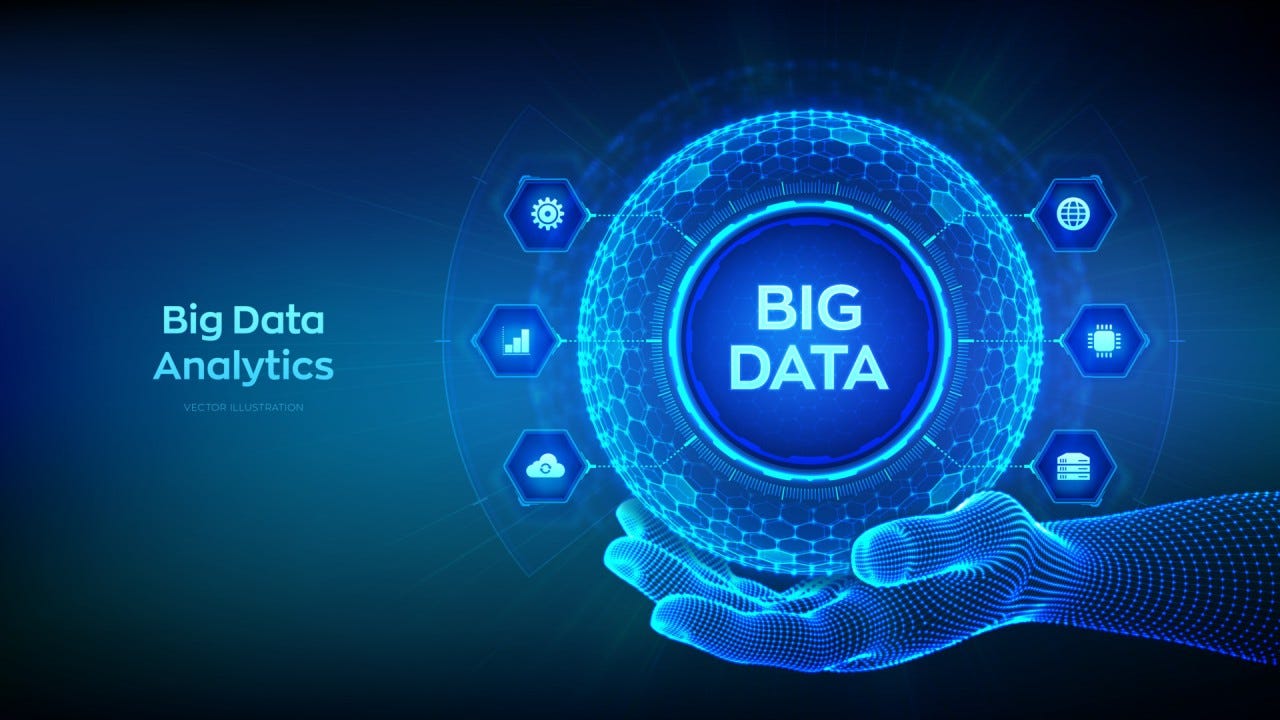Follow the stories of academics and their research expeditions

The realm of data engineering is undergoing a transformation like never before. With the advent of groundbreaking technologies and innovative methodologies, the ways in which we collect, process, and analyze data are being revolutionized. This dynamic shift presents both challenges and opportunities for professionals in the field. To navigate this evolving landscape successfully, it’s imperative to not only keep pace with these changes but also to master them.
In this article, we delve into five cutting-edge data engineering projects that are at the forefront of today’s trends. These projects are meticulously chosen to not only enhance your technical prowess but also to provide you with the critical insights and skills necessary to excel in this ever-changing environment. Prepare to embark on a journey that will not only challenge your understanding of data engineering but also expand your capabilities and set you apart in this competitive field.
Oh, by the way, if you’re interested in all data engineering contents and courses, you can find them on datamasterylab.com (both free and paid courses).
With that said, let’s dive right in…
This project is designed to provide a deep dive into the world of Kubernetes, specifically tailored for data engineering applications. Kubernetes, an open-source platform for automating deployment, scaling, and operations of application containers across clusters of hosts, has become the backbone of container orchestration in the industry. Through this project, participants will gain hands-on experience in leveraging Kubernetes to orchestrate and manage complex, containerized data workflows and applications. The project will cover the deployment of these applications, how to scale them based on demand, and the management of their lifecycle across various environments, from development through to production.
Kubernetes has become the de facto standard for container orchestration, offering scalability, fault tolerance, and portability. Understanding Kubernetes in the context of data engineering enables professionals to build more resilient and scalable data pipelines, catering to the dynamic demands of modern data processing.
This project focuses on leveraging Terraform, HashiCorp Configuration Language (HCL), and Microsoft Azure to automate the provisioning and management of cloud infrastructure for data engineering workflows. Terraform, an open-source infrastructure as code software tool created by HashiCorp, enables users to define and provision cloud infrastructure using a high-level configuration language known as HCL. By integrating Terraform with Azure, this project aims to streamline the deployment and management of the necessary cloud infrastructure for data engineering projects, ensuring consistency, scalability, and efficiency.
Incorporating CI/CD into data engineering workflows brings several key benefits, in our case, we focus squarely on Terraform however these benefits still apply overall to the fusion of CI/CD into Data Engineering:
Note: This course is part of this FULL COURSE, you should definitely consider enrolling for full experience!
This project guides you through the comprehensive setup of an end-to-end data engineering pipeline, utilizing a suite of powerful technologies and methodologies. The core technologies featured in this project are Apache Spark, Azure Databricks, and the Data Build Tool (DBT), all hosted on the Azure cloud platform. A key architectural framework underpinning this project is the medallion architecture, which is instrumental in organizing data layers within a data lakehouse. This project aims to illustrate a holistic process encompassing data ingestion into the lakehouse environment, data integration via Azure Data Factory (ADF), and data transformation leveraging both Databricks and DBT.
Building robust data pipelines is foundational to modern data engineering, enabling efficient data ingestion, processing, and analysis. This project illustrates key concepts in data integration, transformation, and storage, ensuring you can handle complex data workflows leverage the representation of Medallion Architecture for data processing.
In this comprehensive video tutorial, we embark on a journey to construct an end-to-end real-time voting system leveraging the capabilities of cutting-edge big data technologies. The technologies we’ll be focusing on include Apache Kafka, Apache Spark, and Streamlit. This project is designed to simulate a real-world application where votes can be cast and results can be seen in real-time, making it an excellent case study for understanding the dynamics of real-time data processing and visualization.
Fun fact: I ran commentary for live voting happening in the application for a few minutes, you definitely don’t want to miss that! ????
This project stands as a pivotal learning opportunity for several reasons:
In this video, In this comprehensive video tutorial series, we explore the transformative approach of Change Data Capture (CDC) for realizing real-time data streaming capabilities. CDC is a method used to capture changes made to the data in databases (like inserts, updates, and deletes) and then stream these changes to different systems in real-time. This project is designed to give you a hands-on experience in setting up a CDC pipeline using a robust technology stack that includes Docker, Postgres, Debezium, Kafka, Apache Spark, and Slack. By integrating these technologies, you will build an end-to-end solution that not only captures and streams data changes efficiently but also processes this data and notifies end-users through Slack (optionally) in real-time.
Change Data Capture (CDC) is essential for real-time data integration and processing, allowing businesses to react quickly to data changes. This project provides hands-on experience with CDC, teaching you how to implement efficient data streaming pipelines that can trigger immediate actions or analyses.
1. Medium https://medium.com/@yusuf.ganiyu
2. Youtube - https://www.youtube.com/@codewithyu
Tue, 02 Apr 2024

Leave a comment